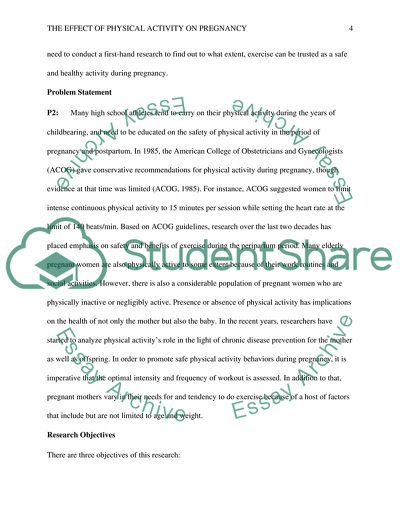Cite this document
(The Effect of Physical Activity on Pregnancy Assignment, n.d.)
The Effect of Physical Activity on Pregnancy Assignment. https://studentshare.org/health-sciences-medicine/1848668-the-effect-of-physical-activity-during-pregnancy
The Effect of Physical Activity on Pregnancy Assignment. https://studentshare.org/health-sciences-medicine/1848668-the-effect-of-physical-activity-during-pregnancy
(The Effect of Physical Activity on Pregnancy Assignment)
The Effect of Physical Activity on Pregnancy Assignment. https://studentshare.org/health-sciences-medicine/1848668-the-effect-of-physical-activity-during-pregnancy.
The Effect of Physical Activity on Pregnancy Assignment. https://studentshare.org/health-sciences-medicine/1848668-the-effect-of-physical-activity-during-pregnancy.
“The Effect of Physical Activity on Pregnancy Assignment”. https://studentshare.org/health-sciences-medicine/1848668-the-effect-of-physical-activity-during-pregnancy.


